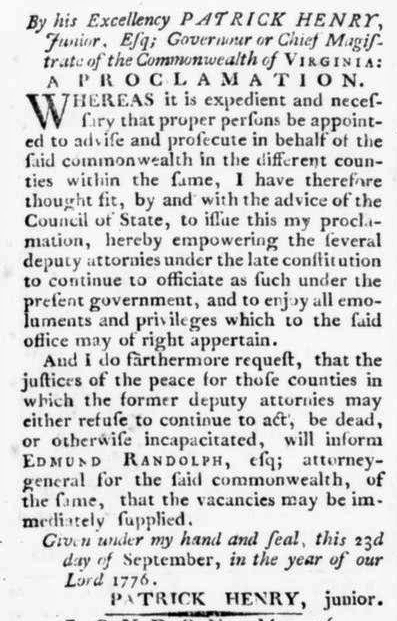Reading Colonial America

The 18th century looks different from our time in many ways. From the way people dressed to the words they used, Colonial America may seem much like a foreign country. One of the clearest examples is the way people wrote. In the 1700s, rules for spelling and grammar were not standardized as they are today. For instance, words could be capitalized in ways that might appear random. Even more strange were the different letters in the alphabet. By the 1770s, the letters I and J were only beginning to settle into the alphabet as distinct letters. Before then, I and J were interchangeable as a single letter. Another major difference is the use of what scholars call the "long s," which looks much like an "f" with no line across the middle or only half of a line. Found most often in printed sources, like newspapers and official proclamations, the long s was used in a variety of ways that were often up to particular printers.
Although at first the differences between colonial and modern writing can make reading 18th-century documents confusing, knowing simple things (like what might at first look like an "f" could actually be an "s") can make understanding them much easier. So prepare for your adventure into our revolutionary past by practicing reading the things they wrote. In 1776 the official proclamation from Governor of Virginia Patrick Henry shown below appeared on the front of Williamsburg's newspaper, called The Virginia Gazette.
Suggested Activity: How many long s's and other differences from the way we write today can you find?

Want to see the entire front page of the newspaper? Click on the Virginia Gazette link in the right menu.




